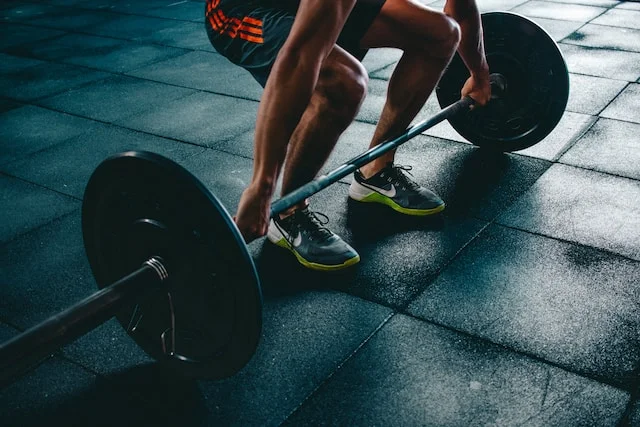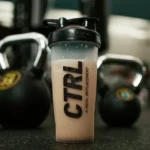Stepping into a gym can be exhilarating, but knowing what to do once you’re there can be a challenge. This scientifically based guide provides a detailed overview of what to do at the gym, covering various aspects of fitness from warm-up routines to targeted exercises and cooldown practices.
Warm-Up: The Foundation of a Successful Workout
Importance of Warm-Up
- Increased Blood Flow: A proper warm-up increases blood flow to muscles, preparing them for exercise.
- Improved Joint Mobility: Dynamic movements warm up joints and increase their range of motion.
- Mental Preparation: A warm-up routine helps focus the mind on the upcoming workout.
Warm-Up Exercises
- Cardiovascular Activity: Start with light cardio such as jogging, cycling, or brisk walking for 5-10 minutes.
- Dynamic Stretching: Incorporate dynamic stretches like arm circles, leg swings, and torso twists.
Strength Training: Building Lean Muscle Mass
Targeted Muscle Groups
- Upper Body: Include exercises for chest, back, shoulders, and arms.
- Lower Body: Focus on exercises for legs, including squats, lunges, and deadlifts.
Compound vs. Isolation Exercises
- Compound Movements: Incorporate exercises that work multiple muscle groups simultaneously, such as squats and deadlifts.
- Isolation Movements: Target specific muscles with exercises like bicep curls or leg extensions.
Sets, Repetitions, and Rest
- Sets: Perform 3-5 sets of each exercise for optimal muscle engagement.
- Repetitions: Aim for 8-12 repetitions per set to promote muscle growth.
- Rest Periods: Allow 60-90 seconds of rest between sets to optimize strength gains.
Cardiovascular Training: Enhancing Endurance and Stamina
Types of Cardiovascular Exercises
- High-Intensity Interval Training (HIIT): Alternating bursts of high-intensity exercise with short periods of rest.
- Steady-State Cardio: Sustained, moderate-intensity activities like jogging or cycling.
Duration and Intensity
- Duration: Aim for 20-45 minutes of cardiovascular exercise, depending on your fitness level and goals.
- Intensity: Adjust intensity levels to suit your fitness level and desired outcomes.
Flexibility and Mobility: Promoting Range of Motion
Stretching
- Static Stretching: Hold stretches for 15-30 seconds to improve flexibility.
- Dynamic Stretching: Use controlled movements to increase mobility and warm up muscles.
Cooldown and Recovery
Importance of Cooldown
- Gradual Heart Rate Reduction: A cooldown period helps gradually lower your heart rate after intense exercise.
- Promotes Flexibility: Stretching during the cooldown enhances range of motion and reduces muscle tension.
Cooldown Activities
- Light Cardio: Engage in low-intensity cardio like walking to gradually bring your heart rate down.
- Static Stretching: Focus on stretching major muscle groups to aid in recovery.
Hydration and Nutrition
Hydration
- Drink Water Throughout: Stay hydrated before, during, and after your workout to support performance and recovery.
Post-Workout Nutrition
- Protein and Carbohydrates: Consume a balanced meal or snack containing protein and carbohydrates within 30-60 minutes after your workout.
Conclusion
Knowing what to do at the gym is essential for maximizing the benefits of your workout routine. By incorporating a combination of warm-up exercises, targeted strength training, cardiovascular workouts, flexibility training, and a proper cooldown, you’ll optimize your time at the gym and make significant strides towards achieving your fitness goals. Remember to listen to your body, adjust exercises to your fitness level, and prioritize proper form and technique. With dedication and a strategic approach, you’ll transform your gym sessions into powerful tools for achieving a healthier, stronger, and more vibrant you.






